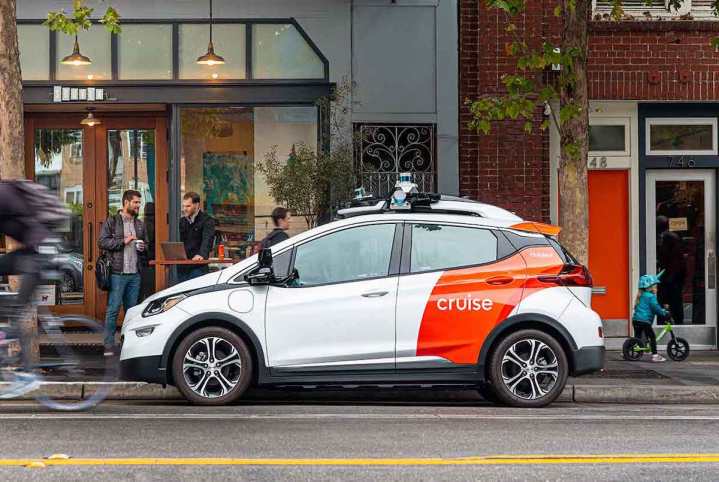
Robotaxi specialist Cruise is restarting tests of its autonomous vehicles on the streets of Houston, TechCrunch reported on Tuesday.
Cruise’s main backer, General Motors, said on the same day that it’s investing a further $850 million in the robotaxi project.
The developments come as Cruise makes a cautious return to testing its autonomous cars on public roads following a string of troubling incidents last year. The worst of these involved a female pedestrian who was dragged along the street by a driverless Cruise car in San Francisco in October after she was thrown in its path following a collision with a human-driven vehicle.
The accident, which the woman survived, prompted California to suspend Cruise’s operating permit in the state, a decision that led Cruise to suspend testing across the country a short while later.
Since then, Cruise has returned very small fleets to Phoenix and Dallas. As a sign of Cruise’s highly cautious approach, the Houston fleet will comprise just three vehicles and although they’re fitted with autonomous systems, the equipment will not be operational for the time being, Axios reported. This suggests Cruise merely wants to gauge the response of human drivers on the same roads and help them get used to seeing Cruise cars back on Houston’s streets.
When ready, Cruise will begin “supervised autonomous driving” in which the autonomous systems will function, but with a human behind the wheel ready to step in if required.
The company started operating its self-driving cars in Houston last fall. But its decision to halt testing nationwide meant that testing stopped in the city after just a few weeks.
Cruise was founded in 2013 and since then has raised more than $15 billion in funding, with GM providing more than half of that figure since acquiring the company in 2016.
During its crisis toward the end of last year, there was talk about whether Cruise would continue with its work in the autonomous-vehicle sector. But with GM’s backing, it insisted it would carry on, though with a new approach described by a Cruise spokesperson as “slow and steady.”


